#artist is pompeo batoni
Text


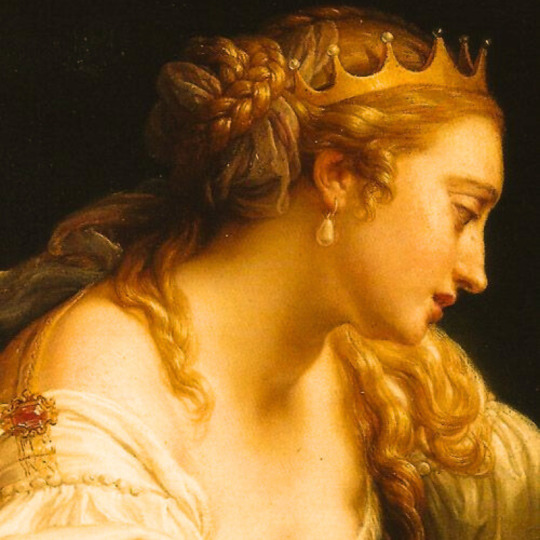
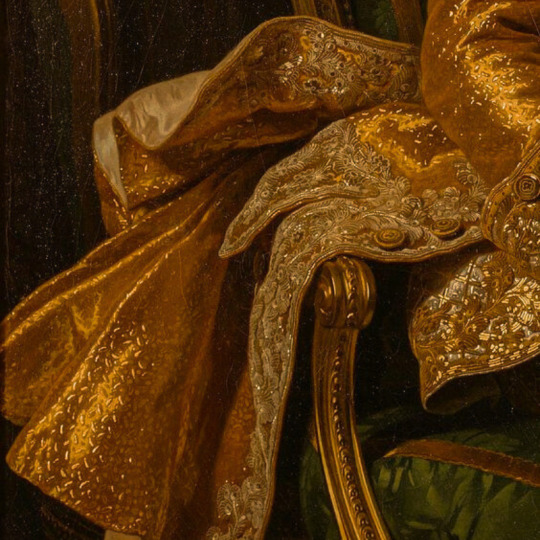
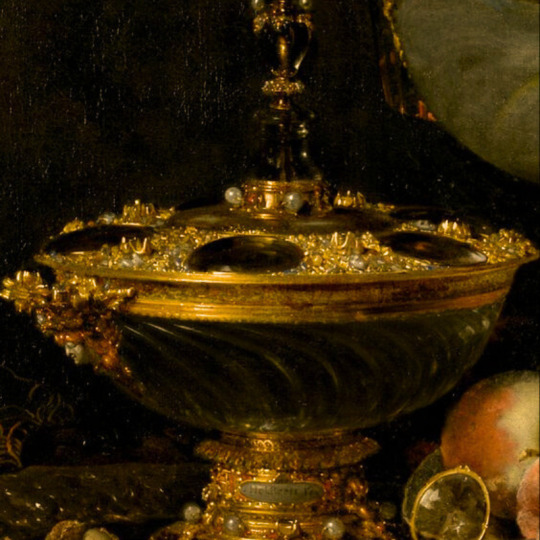
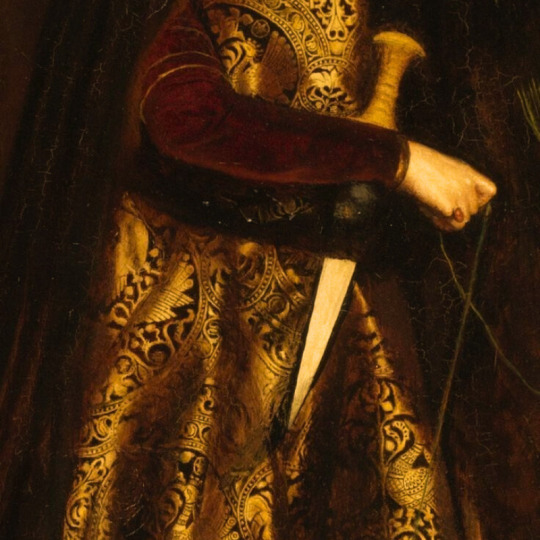
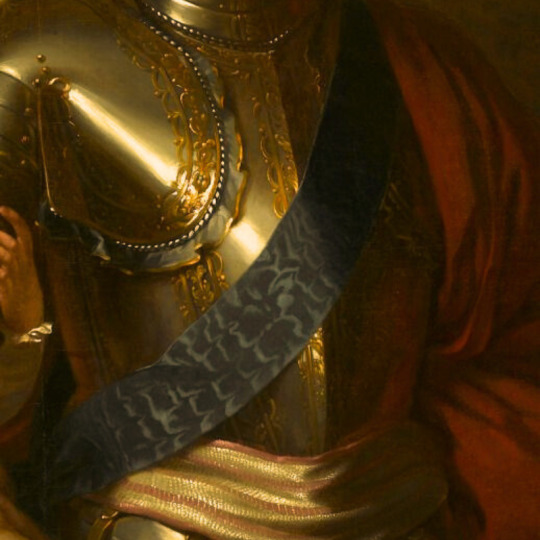
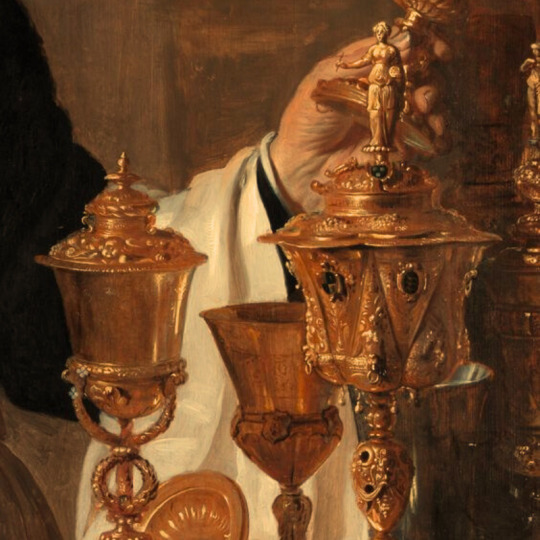





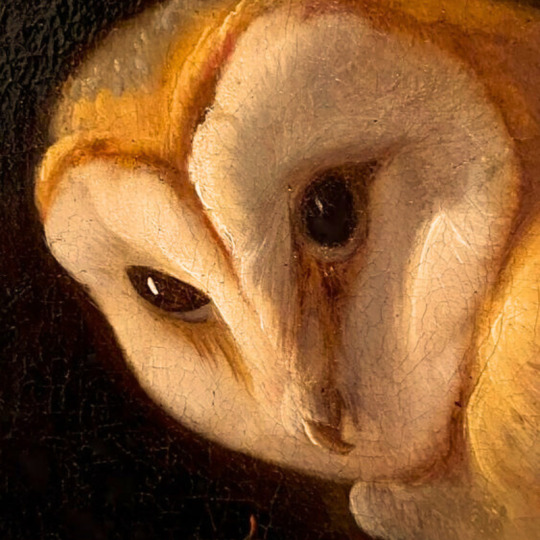

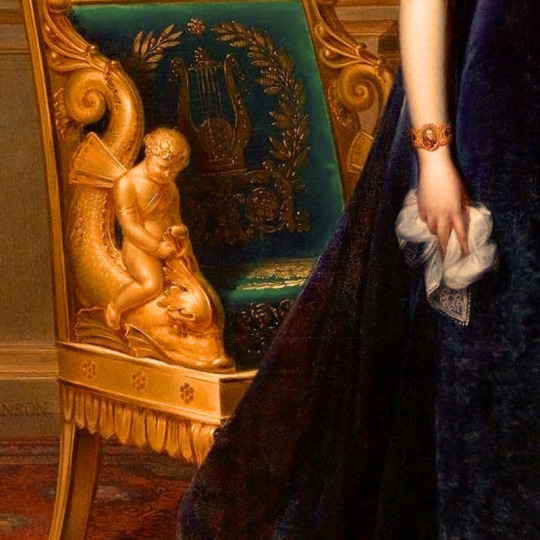
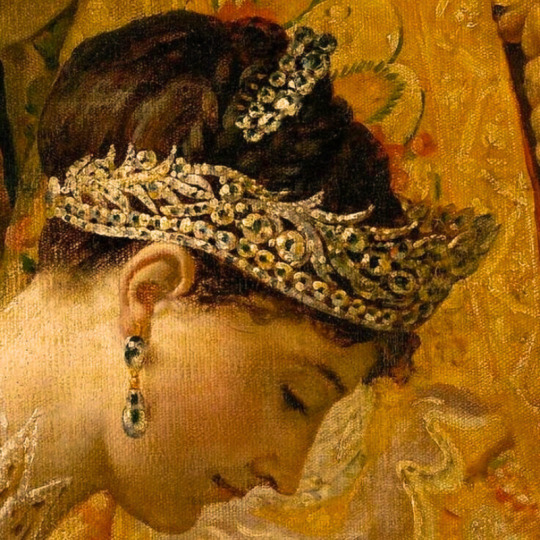
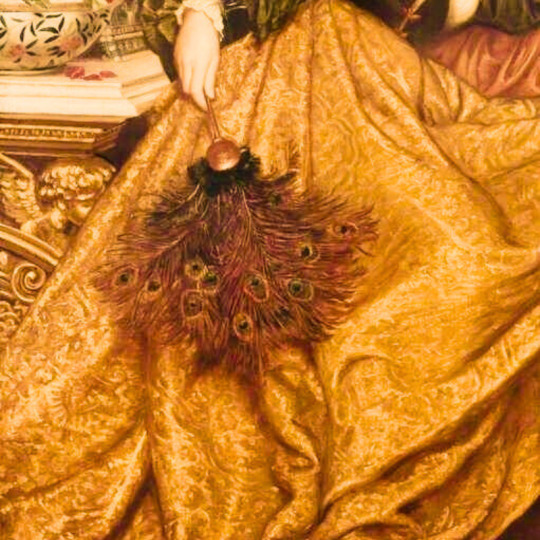

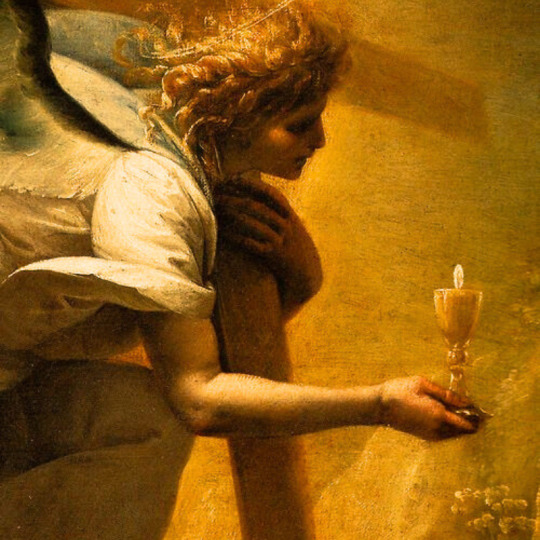
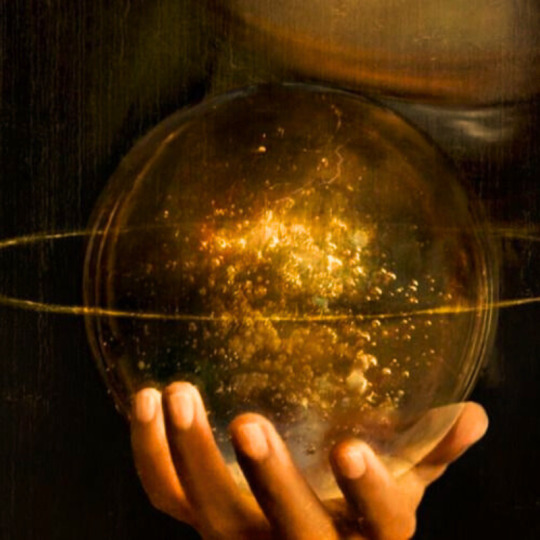


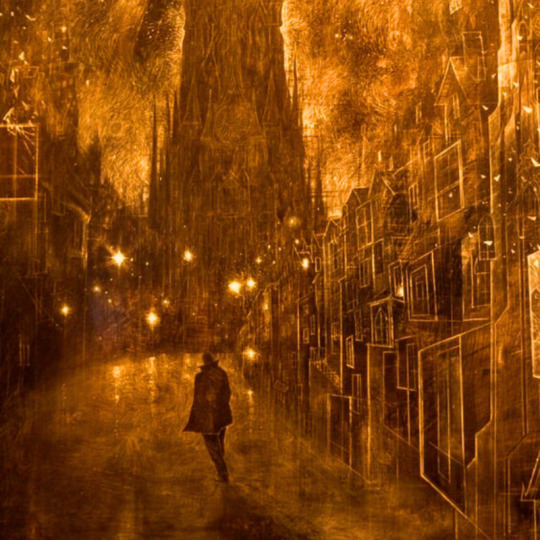
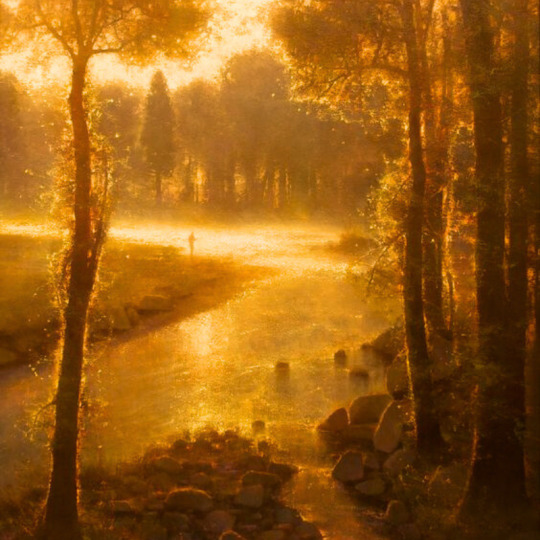

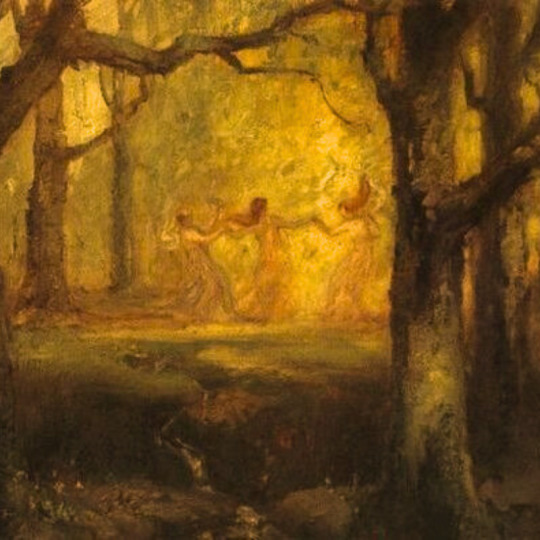
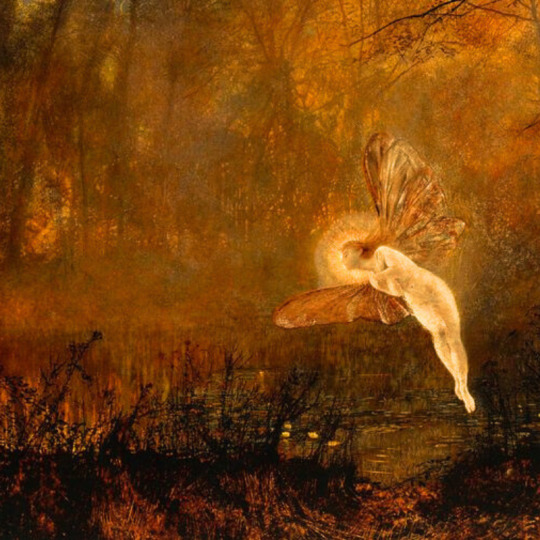


gold + art
#artist is john hoppner#artist is thomas gainsborough#artist is pompeo batoni#artist is alexander roslin#artist is william kalf#artist is frank cadogan cowper#artist is johann baptist von lampi the elder#artist is cornelis de vos#artist is albert sorkau#artist is by antonine de favray#artist is cornelis de vos-#artist is scipione pulzone#artist is martin van meytens#artist is jean-auguste-demonique ingres#cant find artist#artist is louis michel van loo#cant find artist-#artist is jacques-louis david#artist is valentine cameron prinsep#artist is j kirk richards#i think the artist is giovanni bellini#--cant find artist#---cant find artist#----cant find artist#artist is chris polasko#artist is brett cotton#artist is masaaki sasamoto#artist is hermann hendrich#artist is john atkinson#artist is victor prouve
1K notes
·
View notes
Text

I finally finished my mom’s Christmas present…. She likes the ‘Allegory of Peace and War’ by Pompeo Girolamo Batoni at @artinstitutechi so I painted a copy myself.
#art#artists on tumblr#femaleartist#artists#artist#painting#paint#oil painting#oil on canvas#italian art#pompeo batoni#allegory of peace and war#copy art
6 notes
·
View notes
Text
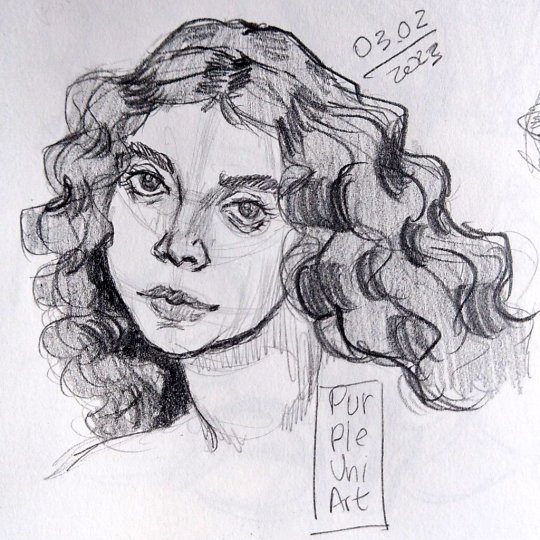

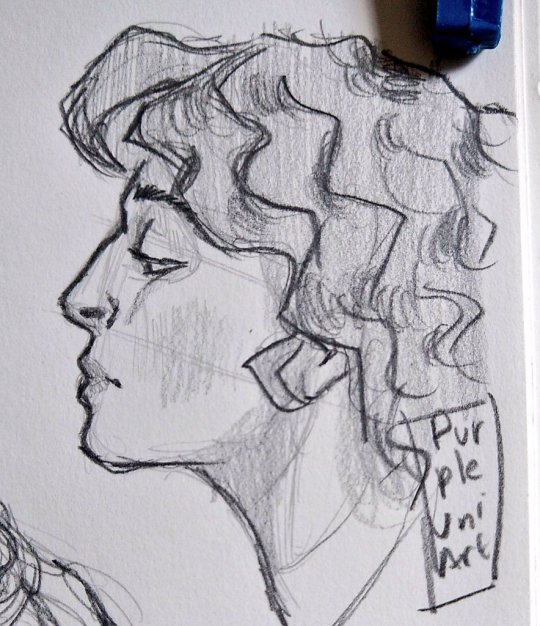
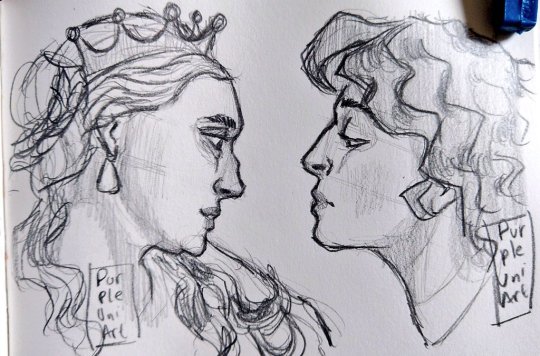
studies from paintings
references!
Portrait of Pauline Hübner — Julius Hubner
Cleopatra and Markus Antonius — Pompeo Batoni
The Four Roses — Franz Dvorak
#sketchbook#studies#paintings#art#my art#PUArt#2023#cleopatra and markus antonius#the four roses#pompeo batoni#franz dvorak#portrait of Pauline hübner#julius hubner#artists on tumblr#artblr#art tumblr#artist tumblr#don't repost without permission#2023 art#February 2023#February 2023 art
5 notes
·
View notes
Text
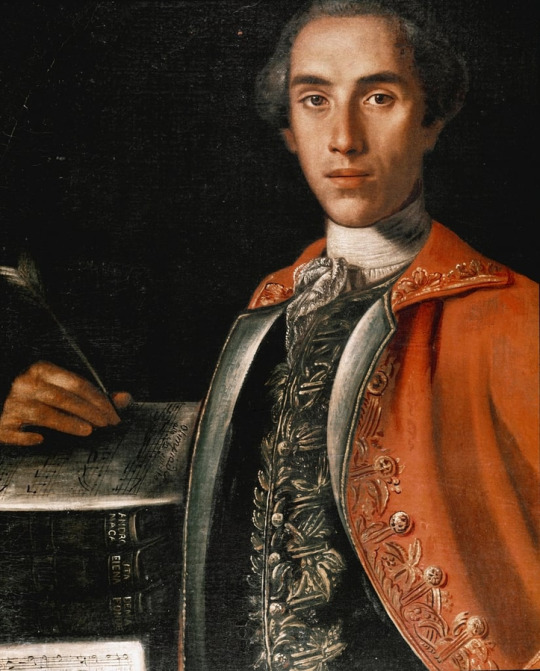
Unknown artist, Portrait of Leonardo Leo (detail), 18th century, oil on canvas, Conservatorio di Musica San Pietro a Majella, Naples
Source: Wikimedia Commons
#there's not really a great likeness to the other portrait of Leo#so one could probably argue which one of them is the more accurate dipiction...#but this one's for sure a very nice one#i mean look at him#also every site seems to name a different painter as author of this painting#one claimed it was by pompeo batoni#but yeah it really seems it cannot be attributed for sure#so i'll just go with#unknown artist#painting#portrait#leonardo leo#composer#18th century#18th century painting#18th century portrait#rococo#rococo portrait#historical fashion#historical menswear#18th century fashion#18th century menswear#rococo fashion#rococo menswear#male portrait#man
1 note
·
View note
Text
"Time Orders Old Age to Destroy Beauty"

View On WordPress
#Italian artist PompeoBatoni#TimeOrdersOldAgetoDestroyBeauty time orders old ageto destroy beauty Pompeo batoni alexkentska daakacademy
0 notes
Text

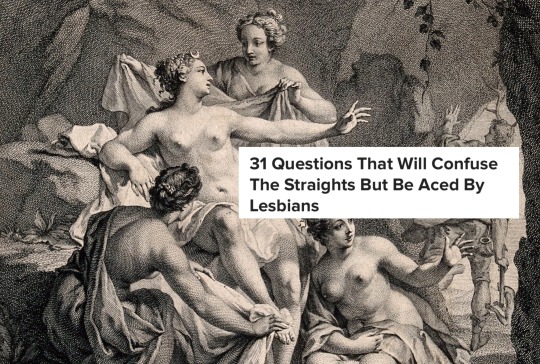


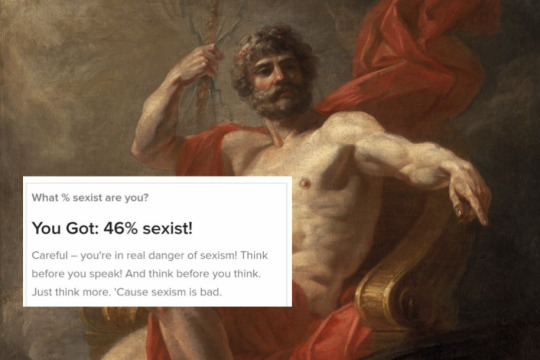

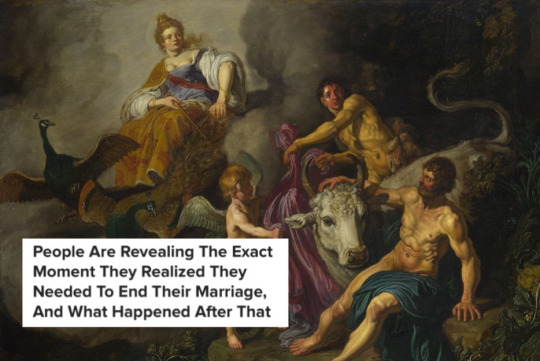



Greek mythology as buzzfeed quizzes and articles!! (this was so much fun omg)
~𝐚𝐫𝐭, (1) Aphrodite by Édourad Bisson (19th/ 20th century artist, known for depicting female beauty)- Cupid and Psyche by François Gérard. (2) Diana changing Actaeon into a deer by Boullogne Bon (17th century artist) (3) The death of Hyacinthos by Jean Broc (4) Mercury returning the cattle of admentus to Apollo, a chalk drawing by Calude Lorrain (5) Jupiter Enthroned by Heinrich Füger (18th / 19th century artist) (6) Achilles bandaging Patroklos by Sosias painter (500 BCE) (7) Juno discovering Jupiter with Io by Pieter Lastman (16th / 17th century artist) (8) Vulcanus by Pompeo Batoni (16th century) and Juno receiving the head of Argos by Jacopo Amigoni (15th / 16th century artist) (9) Jupiter and Juno by Franz Christoph Janneck (16th century artist) (10) The judgement of Paris by Peter Paul Rubens.
#greek myth#greek mythology#art#traditional art#artoftheday#fine art#history#art history#classics#the iliad#tsoa#incorrect greek gods#greek gods#lgbtq#lesbian#gay stuff#renaissance#aesthetic#art detail#hera#zeus god#artemis#mythology
27 notes
·
View notes
Text
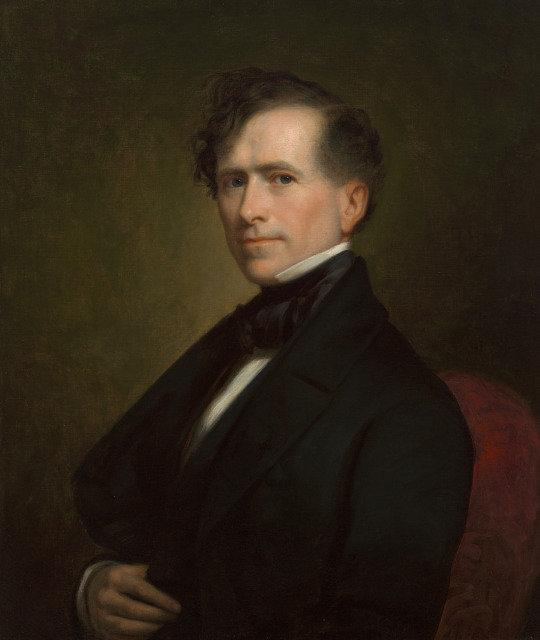


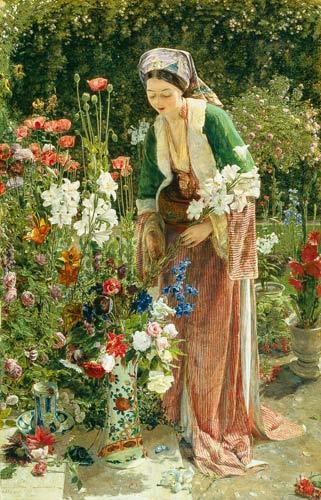

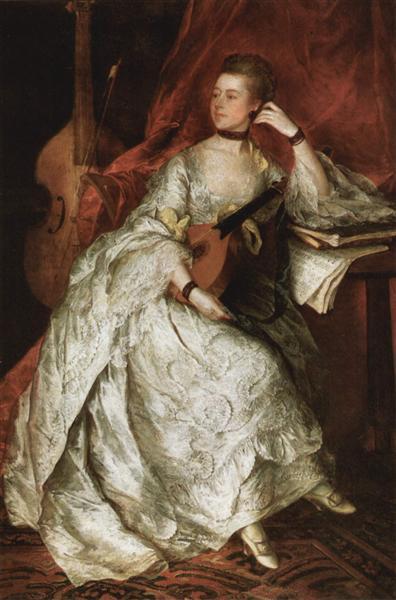





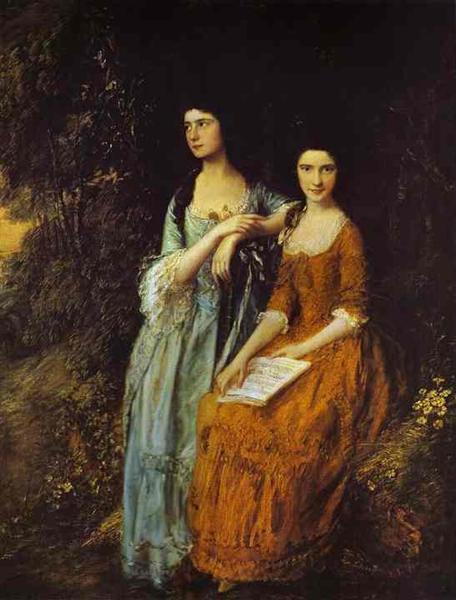
Message in a Haunted Mansion art part II (part I by the incomparable littlenancydrewthings)
1- Franklin Pierce by George Peter Alexander Healy, 1853
2- Anne Fairchild Bowler (Mrs. Metcalf Bowler) by John Singleton Copley, c.1793
3- John, 4th Earl of Darnley by Thomas Gainsborough, 1785
4- In the Bey's Garden by John Frederick Lewis, 1865
5- Chester A. Arthur by Ole Peter Hansen Balling, 1881
6- Ann Ford (later Mrs. Philip Thicknesse) by Thomas Gainsborough, 1760
7- Gainsborough Dupont by Thomas Gainsborough, c.1770-5
8- Lady With The Fan by Frederic Soulacroix
9- James Armstrong Thome by Nathaniel Jocelyn, c.1840
10- Portrait of Louisa Grenville, later Countess Stanhope by Pompeo Batoni, 1761
11- Unidentified Man; formerly Millard Fillmore by an unidentified artist. c.1843
12- Elizabeth and Mary Linley by Thomas Gainsborough, c.1772
#message in a haunted mansion#mhm#nancy drew#clue crew#nd art id#i've been working on this one for a while ngl but only found no.10 yesterday? having 11 ready to go was /getting/ to me#the sound i made when i found 10? it might have been embarrassing had anyone been around to hear.#the celebration was real let me tell you
21 notes
·
View notes
Note
I saw you say that your inbox is currently empty, so I know you are not overwhelmed and can safely plop an ask on your doorstep. What piece of classical art would you associate with the cast (ROs + Francis, dear old dad, and our sibling)? As a nifty little follow up, what piece of classical art would you associate with yourself?
Oh fun!! I used paintings from that century for this (...except for The Uninvited Guest). Under the cut because it's very long.
Fox
Female Portrait with Mask
Rosalba Carriera
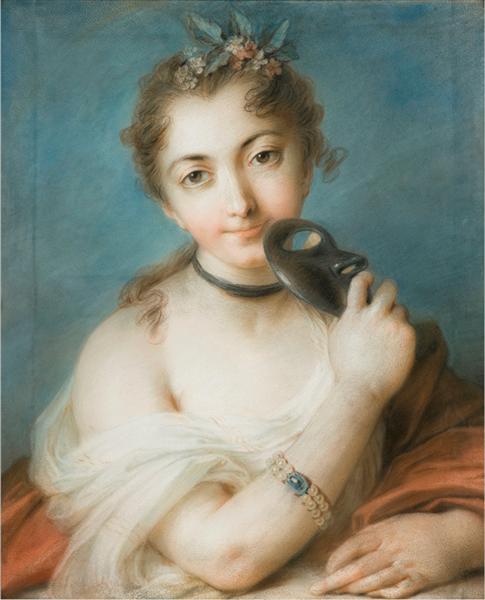
Rabbit
Madame de Pompadour
Francois Boucher
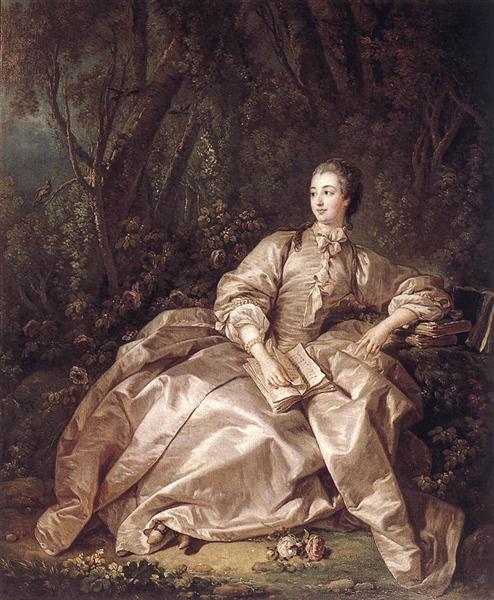
Butterfly
The Swing
Jean-Honore Fragonard

The Uninvited Guest
The Garden of Earthly Delights (detail)
Hieronymus Bosch

Edith/Edward
Portrait of the artist`s daughter
Francois Boucher

Tamsin/Thomas
The interrupted sleep
Francois Boucher

or!
Shepherd and Shepherdess Reposing
Francois Boucher

James
Portrait of Carl Gustaf Tessin
Francois Boucher

Grace
Baria Vergine
Pompeo Batoni

Francis
Madonna and Child
Pompeo Batoni

Ellis
Two Cousins
Antoine Watteau

Danielle
A Young Lady with a Parrot
Rosalba Carriera

Henrietta/Henry
Charles Lennox, 3rd Duke of Richmond and Lennox
Joshua Reynolds

Lucia/Laurence
The Casual Lover
Antoine Watteau
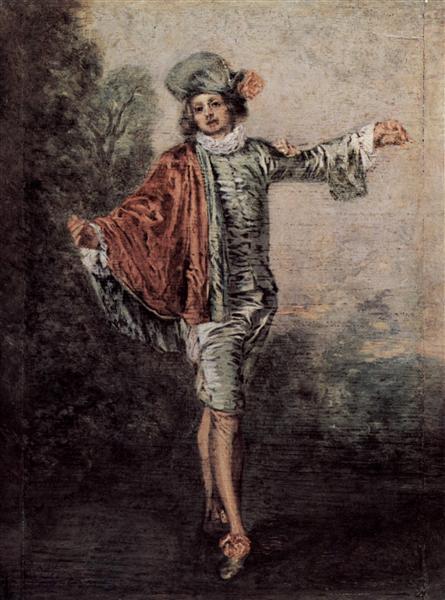
As for me...
The Love Letter
Jean-Honore Fragonard
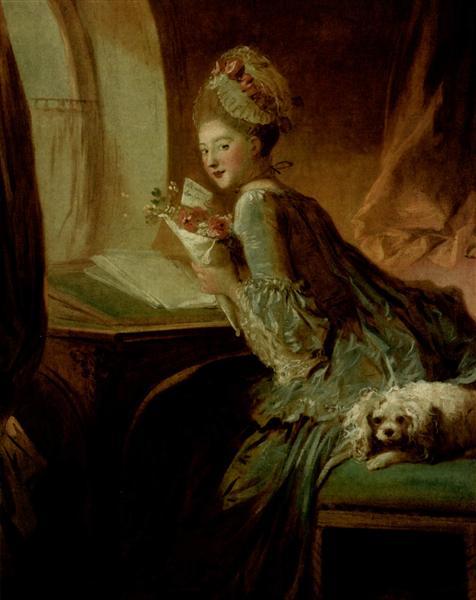
#answered#art#ro: fox#ro: rabbit#ro: butterfly#ro: ???#ro: edith#ro: edward#ro: tamsin#ro: thomas#ch: james#ch: grace#ch: francis#ch: ellis#ch: danielle#ch: henrietta#ch: henry#ch: lucia#ch: laurence#phew did i miss anyone?
34 notes
·
View notes
Text

MWW Artwork of the Day (8/28/23)
Pompeo Girolamo Batoni (Italian, 1708–1787)
Susanna and the Elders (1751)
Oil on canvas, 99 x 136 cm.
Private Collection
Without peer or parallel, Pompeo Batoni was the dominant painter in Rome in the middle years of the 18th century. This "Susanna and the Elders" is inarguably one of Batoni’s finest history pictures and one of his very few treatments of an Old Testament subject. In it, Batoni employed the full range of artistic talents at his disposal: his mastery of drawing; his lush and precious use of color; his simultaneously controlled but free application of pigment; his complete mastery of composition. All of these remarkable artistic achievements, however, are used in the Susanna to serve Batoni’s keen sense of dramatic narrative, allowing him to create in the painting an image not only of great beauty, but of astounding visual impact.
4 notes
·
View notes
Text
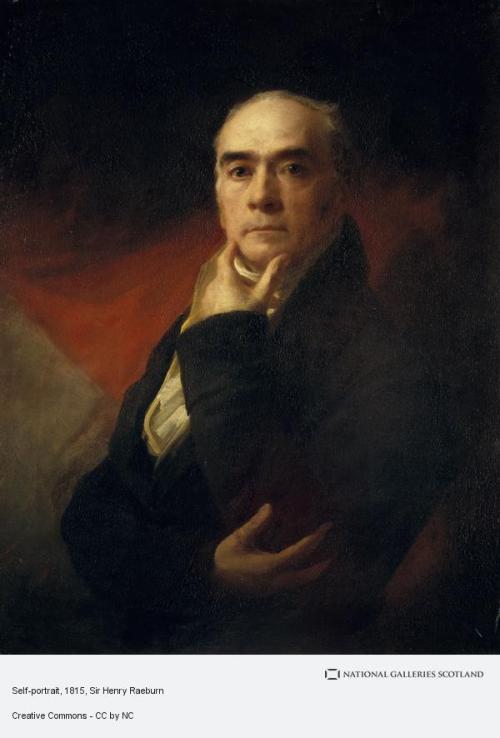
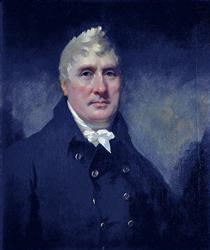
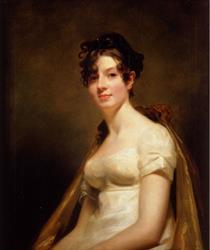
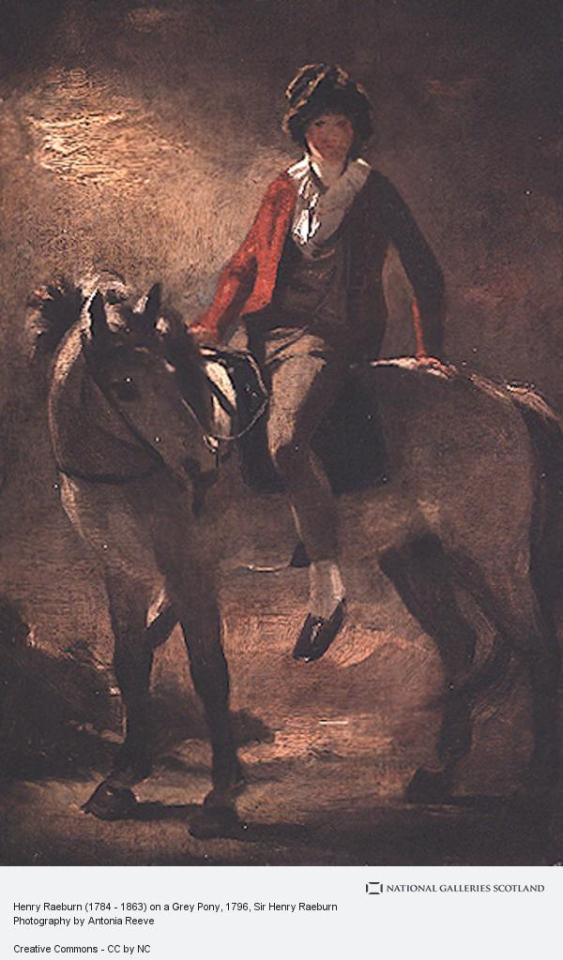
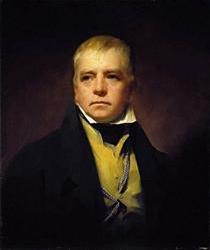
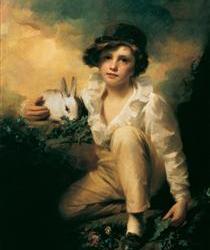
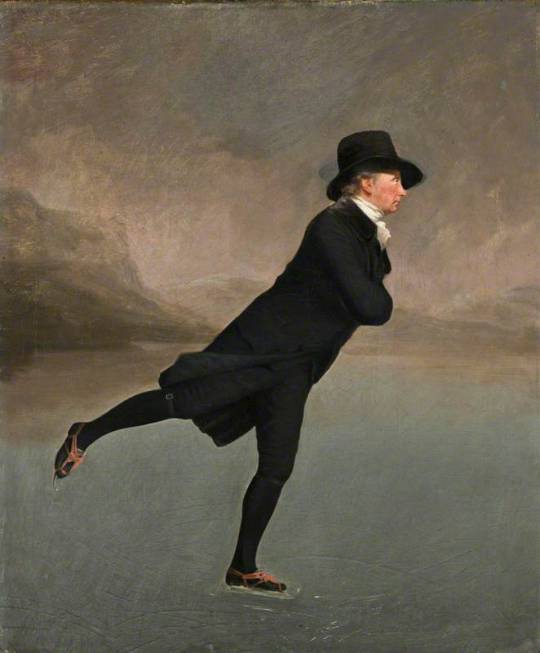
On March 4th 1756, the artist Sir Henry Raeburn was born in Edinburgh.
Henry Raeburn was born in Edinburgh, the son of a successful businessman who prepared yarn for the wool trade. However, both of Raeburn’s parents died in the early 1760s, leaving the young Raeburn in the care of his brother William, 12 years his senior. William took over the family yarn business and his younger brother was enrolled at George Heriot’s Hospital in 1765, then a school for the education of orphaned children of tradesmen.
During his schooling, Raeburn demonstrated particular aptitude for manual craftsmanship and he became apprenticed to a goldsmith, James Gilliland in 1772. At some point in his time in Gilliland’s jeweller’s workshop, Raeburn started painting portrait miniatures. Following his apprenticeship, Raeburn embarked upon a career as a portraitist while also attending drawing classes involving drawing from the Antique and from a draped model.
In the late 1770s, Raeburn married Ann Leslie (née Edgar), a wealthy widow who brought property and two daughters to the marriage. After the birth of two sons in 1781 and 1783 respectively, Raeburn began to plan for an extended stay in Rome, which he believed would provide artistic development and commercial success.
Arriving in Rome in late 1784, Raeburn made contact with fellow Scot James Byres, who provided guidance for Britons travelling on the Grand Tour. Byres also provided Raeburn with patrons and the chance to meet notable artists, such as Pompeo Batoni (1708-1787).
On his return to Scotland in 1786, Raeburn began producing impressive portraits for members of the Edinburgh elite, quickly establishing his reputation as the pre-eminent Scottish portraitist. During the 1790s, Raeburn developed his own unique style characterised by strong lighting from behind the sitter and dispersing across the canvas. He was in such high demand as a portraitist that he outgrew his studio in George Street, the fashionable and burgeoning central thoroughfare of Edinburgh’s New Town and, around 1800, moved around to a grand house nearby with reception areas, a framer’s workshop and a studio that took up the entire first floor. In these new premises Raeburn produced a series of full-length portraits of Highland chiefs and lairds in Scottish military dress which drew particular attention when exhibited in London.
From 1805, Raeburn was involved in a trading company called Henry Raeburn & Co., that operated from the port of Leith, trading mainly with London. He also became a director of the Caledonian Insurance Company in 1806, but his finances were far from secure. At the start of 1808, Raeburn was declared bankrupt. The cause of his financial ruin is not entirely known but by mid-1808 he had £36,000 in claims against him. Raeburn vowed to spend the rest of his life repaying these debts and untangling his financial difficulties, which were intertwined with family, as his son and step-son-in-law were partners in his trading firm.
In 1810, Raeburn sought to resolve his financial difficulties by moving to London. His fellow painter and countryman David Wilkie had relocated to the capital five years earlier and provided an introduction to artists such as Benjamin West, Thomas Stothard and John Flaxman. Unfortunately, Raeburn’s attempt to find riches in the London art scene did not work and he returned to Edinburgh later the same year.
Despite his lack of success in London, Raeburn was elected an Associate of the Royal Academy in 1812 and became a full Member in 1815. An embarrassing miscommunication meant that the self-portrait Raeburn had gone to great lengths to prepare as his Diploma work, was refused by the Royal Academy due to their embargo on accepting self-portraits as Diploma works. Raeburn was sorely disappointed, and instead submitted a portrait of his grandson Henry Raeburn Inglis, Boy with a Rabbit. There is evidence in his correspondence that Raeburn felt frustrated at his isolation from the London art establishment, that he could not find success there as he did in his native Edinburgh.
After 1808, Raeburn’s paintings suffered from his prolific output and urgency to produce work to repay his creditors. Many portraits from this time appear hastily finished or lack depth. However, he also managed to produce some of his most sensitive and affecting paintings, and he was particularly adept at painting children.
In the final years of his life, Raeburn was lauded with honours and accolades, becoming a member of the American Academy of Fine Arts in 1819, a fellow of the Royal Society of Edinburgh in 1820, being knighted in 1822 and appointed as Painter and Limner to King George IV in 1823.
Raeburn died unexpectedly in July 1823, following an excursion to Fife where he probably contracted a fever. His posthumous reputation grew with a number of exhibitions in the 19th century, and his paintings were highly sought-after as part of the early 20th-century American craze for British art; Raeburn’s works feature in several public museums and private collectors in the US today.
5 notes
·
View notes
Photo

“Aphrodite Stroking Cupid”, 1774, by Pompeo Girolamo Batoni (Italian painter who displayed a solid technical knowledge in his portrait work and in his numerous allegorical and mythological pictures. The high number of foreign visitors travelling throughout Italy and reaching Rome during their ‘Grand Tour’ led the artist to specialise in portraits; Born: January 25, 1708, Lucca, Italy - Died: February 4, 1787, Rome, Italy).
2 notes
·
View notes
Text

He Is King (ART CREDIT) this inspiration/art is based on the divine mercy painting of Jesus/sacred heart of Jesus by Eugeniusz Kazimirowski 1934 /Pompeo Batoni 1955 (rest in peace)credit to those painter artist as well (rest in peace artist)
#artists on tumblr#illustration#art#artwork#cute art#kawaii#digital art#cute aesthetic#kawaii aesthetic#lofi aesthetic#lofi#lofi and chill#lofi art#digital drawing#digital painting#drawing#comic art#comic style#sunset#my art#digital artist#digital illustration#cute illustration#artworks#illustrative art#portrait#jesus#jesus christ#kawaii art#cute
1 note
·
View note
Text

Pompeo Batoni’s grand portraits and numerous religious and historical commissions established him as the leading Roman painter of his day. He painted Peace and War on his own initiative, without a commission…
Please follow link for full post
Zaidan,Paintings,Arthistory,Pompeo Girolamo Batoni,Biography,War,History,fineart,Artists,footnotes,
01 Work, The Art of War, Pompeo Girolamo Batoni's Allegory of Peace and War, with footnotes
0 notes
Photo

"Time Unveiling Truth"
by Pompeo Girolamo Batoni Italian, 1708–1787
Oil on canvas
Italy, 1740/45
Pompeo Girolamo Batoni (1708–1787) was an Italian painter whose work is noted for its elegance, grace and harmony. He was one of the most important painters of the late Baroque period in Italy.
Time Unveiling Truth is a large oil painting, measuring 10 by 6.7 metres, painted by Batoni in 1745. It is one of the most important works of the Italian painter and a masterpiece of the Baroque period.
The painting has a narrative, allegorical theme, in which Time is represented as a young man unveiling a statue of Truth. The painting is filled with allegorical figures, alluding to the universal power of truth.
In the painting, Time is depicted as a young man with a bow and arrow, and a cupid, symbolising the youth of the time. He is unveiled a statue of Truth, which is guarded by two classical figures, one of Dionysus and one of Venus.
In the painting, the artist reveals a symbolic representation of the time in which he lived. In the late 1740s, Italy was a complex of many states, each vying for power and influence. The painting expresses the idea that in these tumultuous times, Truth and sincerity were still to be found in the form of classical and allegorical figures. Batoni thus captures the spirit of the age, in a work of extraordinary beauty and technical skill.
Always at your service,
AI Art Detective
This blog took 453 OpenAI tokens.
This image and it's meta-data are courtesy of The Art Institute of Chicago's public API, which you can visit here.
0 notes
Text

Pompeo Batoni (1708-1787)
"Martyrdom of Saint Lucy" (1759)
Oil on canvas
Located in the Real Academia de Bellas Artes de San Fernando, Madrid, Spain
Saint Lucy, also called Saint Lucia, was a Christian martyr who died during the Diocletianic Persecution in the 4th century and was the last and most severe persecution of Christians in the Roman Empire.
Because some versions of her story say that her eyes were removed, either by herself or by her persecutors, she is the patron saint of the blind. She is also the patron saint of authors, cutlers, glaziers, laborers, martyrs, peasants, saddlers, salesmen, stained glass workers, and of Perugia, Italy. She is invoked against hemorrhages, dysentery, diseases of the eye, and throat infections.
#paintings#art#artwork#religious painting#saint lucy#pompeo batoni#oil on canvas#fine art#royal academy of fine arts of san fernando#art collection#italian artist#history#martry#patron saint#saint lucía#lucia of syracuse#christianity#ancient rome#violence#male figure#female figure#1750s#mid 1700s#mid 18th century#angel wings#angels#fire#martyrdom
220 notes
·
View notes
Photo
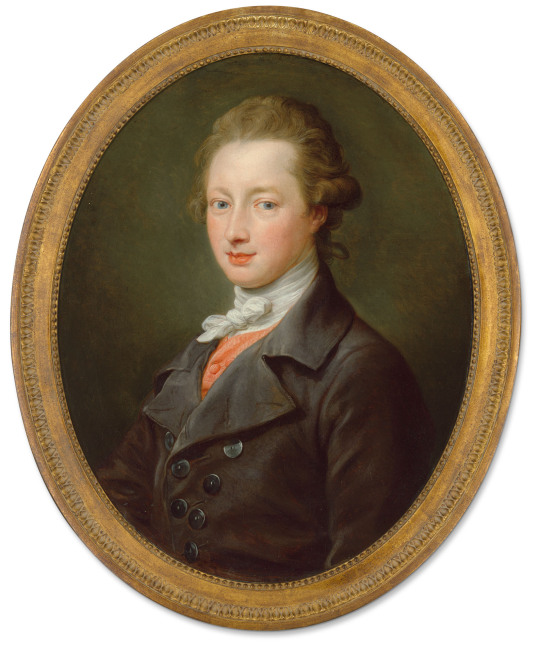
Pompeo Batoni (b.1708 - d.1787), 'Portrait of a Gentleman', oil on canvas, c.1770s, Italian, for sale for est. 50,000 - 70,000 GBP in Christie's Old Master Paintings sale, November/December 2020.
77 notes
·
View notes